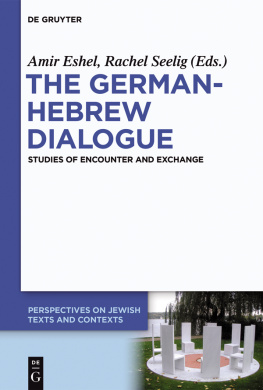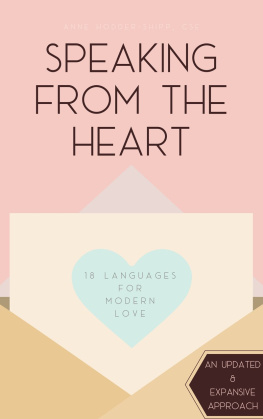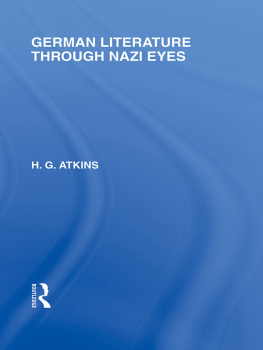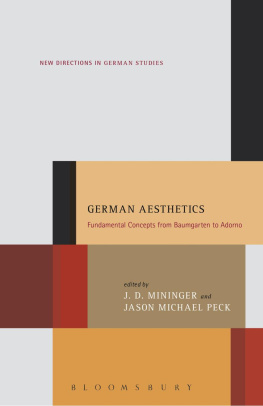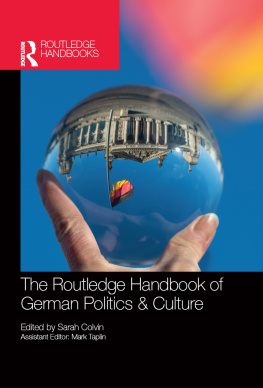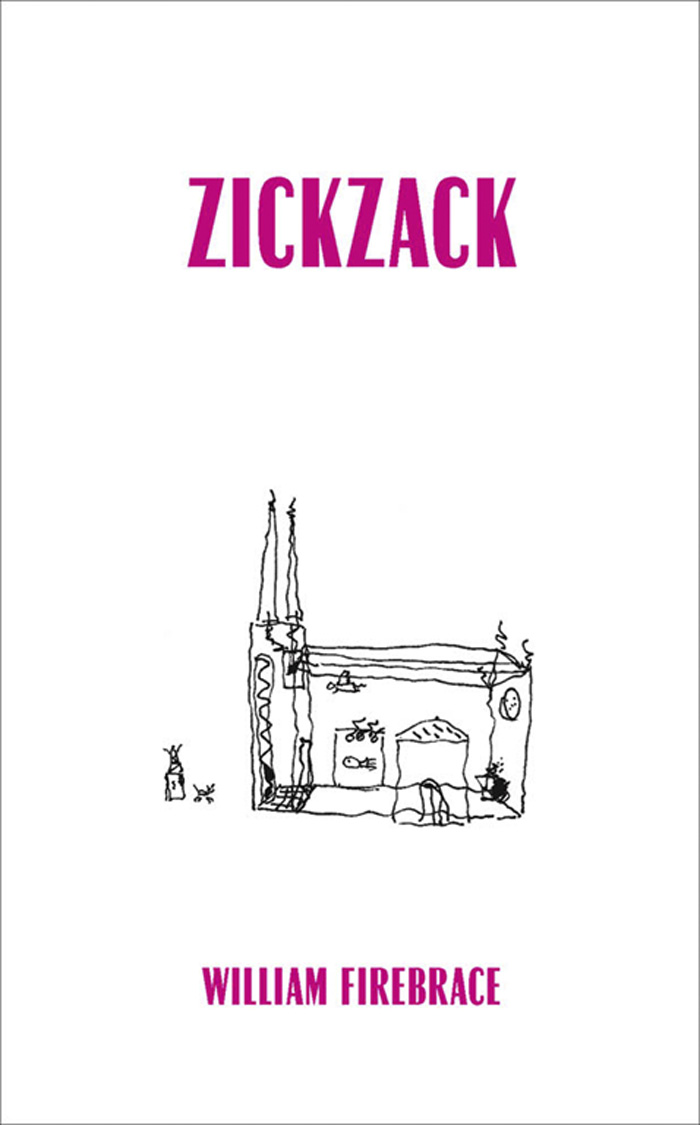

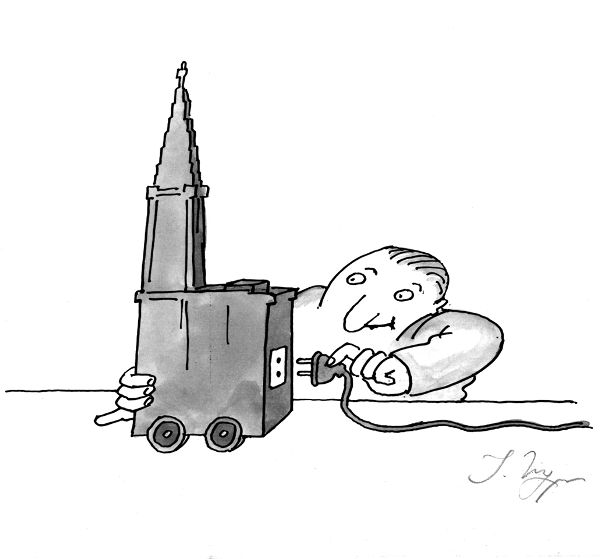
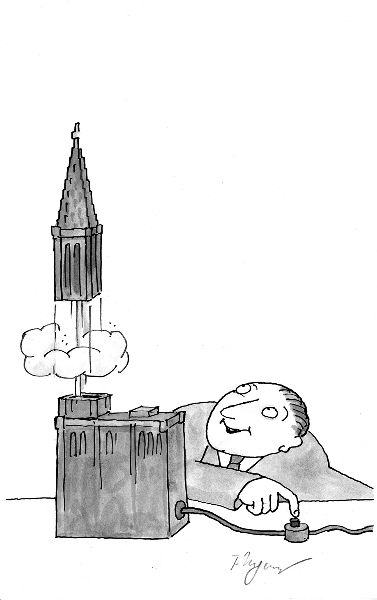


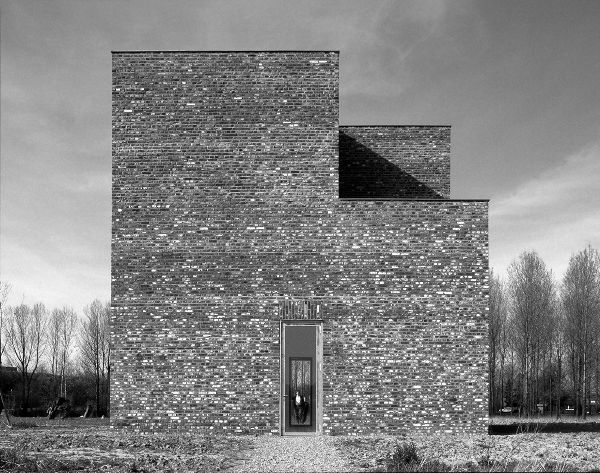
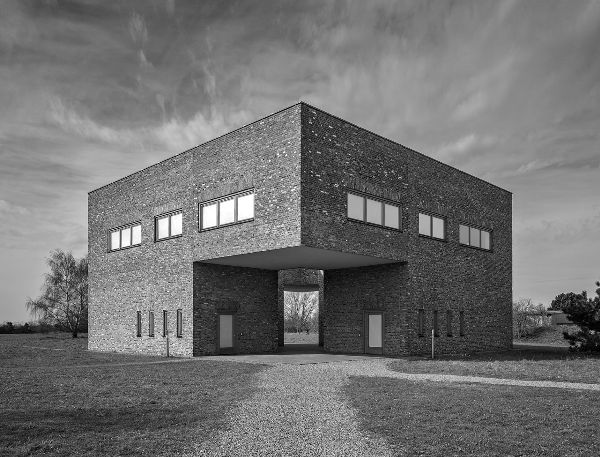
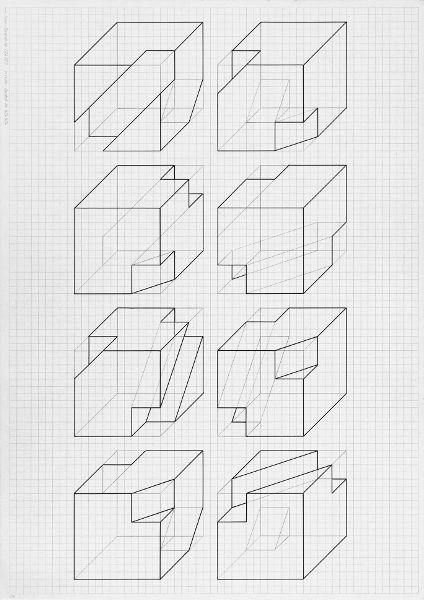
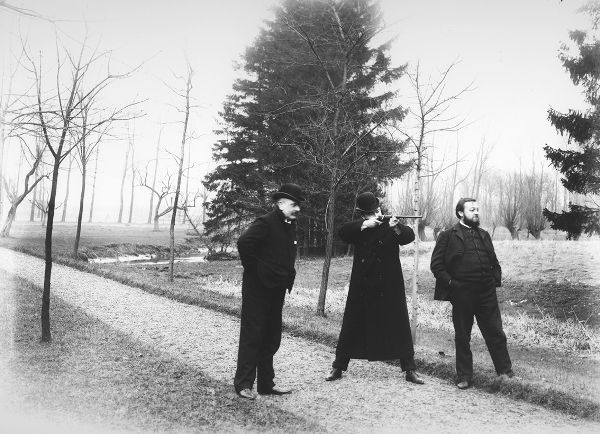
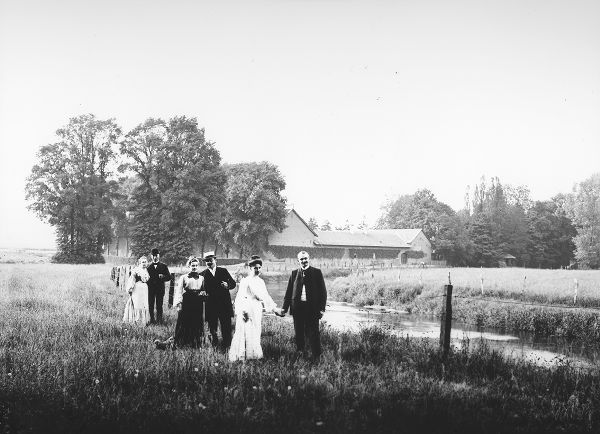
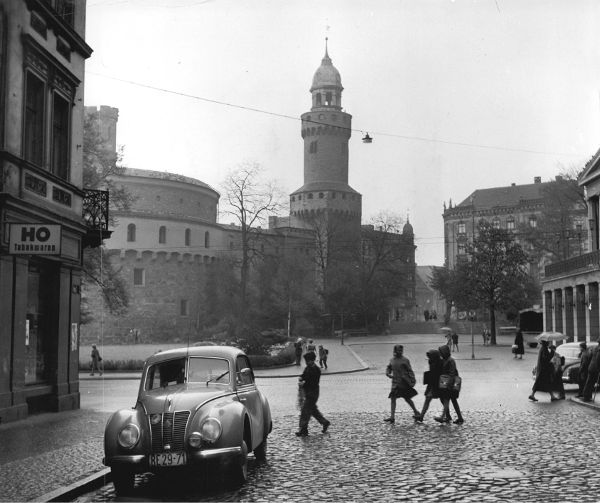
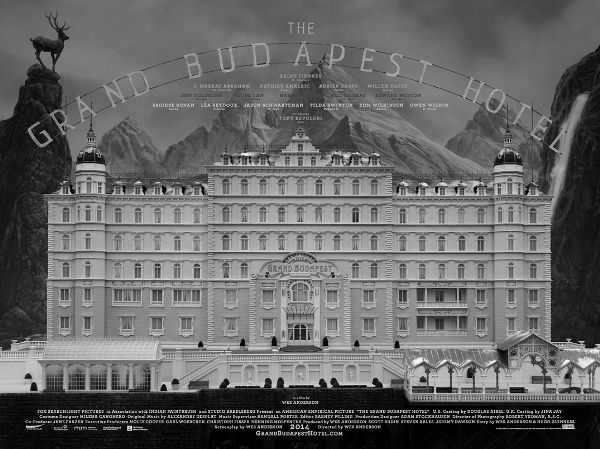

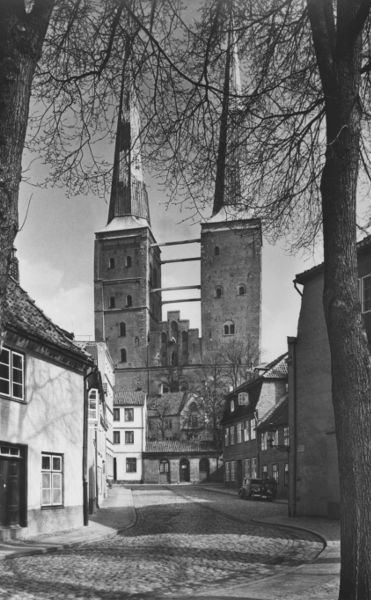
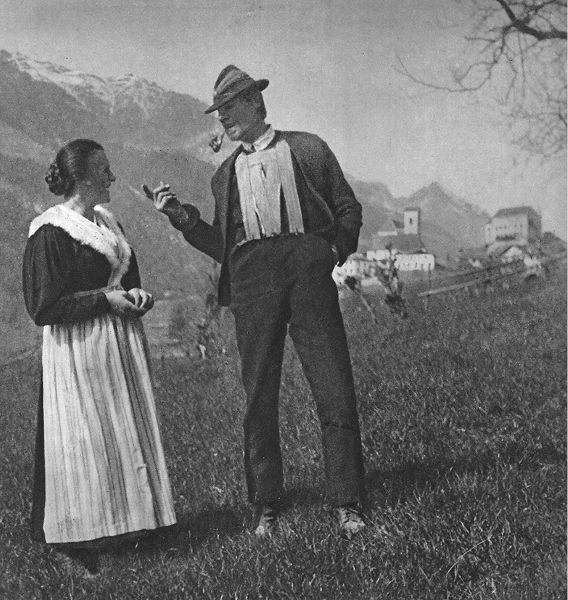
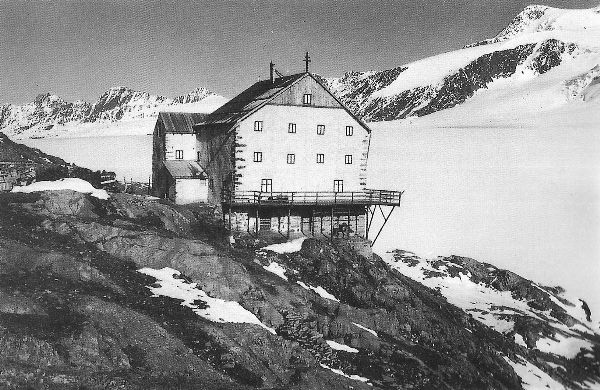
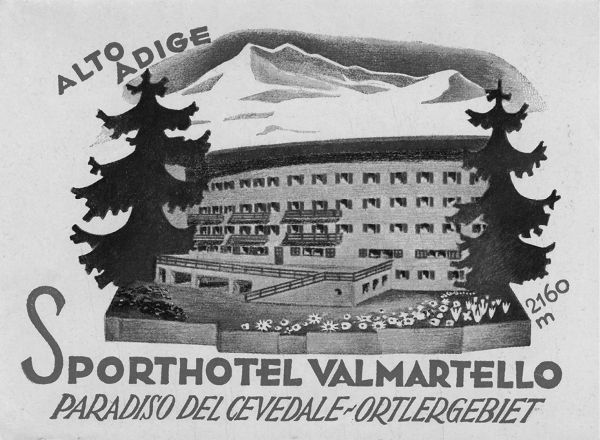
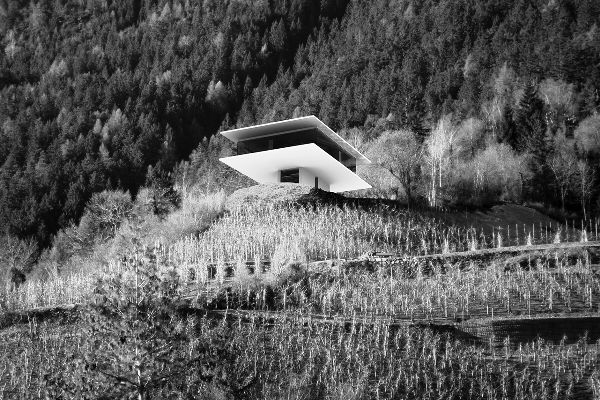
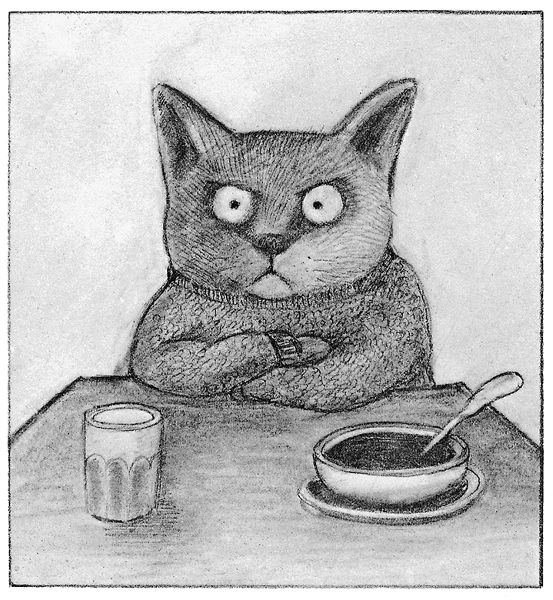
Zickzack
William Firebrace
The MIT Press
Cambridge, Massachusetts London, England
Until the Bretchellmann Speaks
StrasbourgStraburgStrosburi
Now You Understand
KaliningradKnigsberg
Paradise on Erft
Hombroich Insel
Silesian Scenes
GrlitzZgorzelec
Hop Rayuela Backstein
LbeckWismarStralsund
Olagaga in the Alps
SdtirolAlto Adige
Preface
One summers day in the late 1950s, when my family was living, for reasons never quite explained, in Vienna, we went on a trip to an area beside the border to the east. Once merely a line of demarcation between parts of the same empire, this border was now the dividing line between the Western and the Soviet zones. We children knew and cared nothing about such things, about these countries and zones, for us it was just a place to have fun. We picnicked by a small river. The other side of the river seemed deserted, apart from a tall tower. We swam in the shallow water and wanted to cross over to the other side. A man on our bank called out that we should be careful not to go more than halfway, that the other side was another country where different people lived, that they were dangerous, that they might snatch us and not allow us to return. Quick, come back now, called our anxious parents. All this frightened us, but it also made the other side appear rather attractive. What went on there? Was it really so different to our side? Who were these other people? Might it even be better to be snatched away than stay with our parents?
The exact location of such borders is often rather arbitrary, drawn up by competing nation-states to settle, even if only for a period, longstanding disputes about who controls what. A definite line is drawn on what may be an area of gradual transition. One side may be much like the other, plants and creatures and weather are all much the same, even the people may be hardly different. Then, over time, the border hardens, laws, customs, currency, language change, the colour of the shirts worn by the football team and other issues become drawn into the sphere of the home nation and differences become more distinct, even antagonistic.
Both within and also around the German-speaking worldas opposed to merely the German statethere are many such uncertain zones. This large and rather undefined area of Europe was for many centuries divided into empires, mini-states, baronies, counties, free cities, city leagues, speaking different versions of German, with varying loyalties, coming in and out of existence. The various cultures of this zone cross over into the Lowlands, Scandinavia, France, Italy, Poland and various other countries of Eastern Europe. The German-speaking world is thus not monolithic, but diverse and sometimes contradictory, shading into differences, and still evolving. In spite of the standardisation of written German, there still are many spoken German languages, often mutually incomprehensible. Culture and language do not of course always align, nor is either confined to national borders. They cross over and intermingle with other cultures and languages, a condition that remains in spite of the violent and destructive pursuit of a reductive nationalism throughout the twentieth century. The borders of European nation-states have recently softened as a result of membership of the European Union and the Schengen treaty. Inhabitants of signatory states can travel and live where they wish, allowing something of the feel of the old multi-ethnic empires which once controlled much of Western and Central Europe. These states have also in turn been changed by immigration from locations outside Europe, so one can no longer speak of any fixed national cultures.
It is primarily in the edge zonesthe places that are not quite certain, that are difficult to pin downthat different cultures and languages mix. The locations in this book are not the big well-known cities, such as Berlin, Vienna, Zurich or Munich, but rather areas that lie along or beyond the edges and are often dismissed as provincial. Two lie within the borders of contemporary Germany: the towns of the Baltic coast, with Scandinavian influences, and an area west of Dsseldorf, between the Rhine and the Netherlands. Another lies on, and also over, the border with Poland, just north of the border with the Czech Republic, on the edge of the large Eastern territories lost by Germany after the two world wars. And then there are three locations that were once within this loose German-speaking cultural zone but are now in other countries: to the east, Kaliningrad, formerly Knigsberg, in Russia; to the west, Strasbourg and Alsace in France; to the south, SdtirolAlto Adige, formerly in the Austro-Hungarian empire, but part of Italy since 1920.
In some of these locations the original culture survives, in others it has been deliberately destroyed; sometimes it merges with other cultures or, if submerged, resurfaces in a different form. Some continue to be markedovertly, or almost invisiblyby the violent struggles and mass displacement of population they endured in the twentieth century. It is not the intention of these texts to be revisionist, to suggest that history or geography should run any other way, rather, simply to observe and comment, in a variety of ways.
These six locations are not definitive and their inclusion has evolved gradually, like pieces added to a game, rather than being planned in advance. They range EastWestNorthSouth. Large and tempting holes are left in the patternit would also be interesting to include, for instance, the areas which had very mixed populations such as Ukraine, Romania and Hungary, other Baltic cities like GdanskDanzig, the former Sudetenland, or Trieste with its Austro-Italian-Slovene heritage. Such questions of ethnic and linguistic mix are sensitive. Some of these communities vanished or went underground after the wars of the first half of the last century. If the investigation started, unconsciously enough, on that childhood borderline, then there is always another potential move, every revelation suggests a slightly different angle from which to look at a complicated and sometimes controversial subject.
Next page

